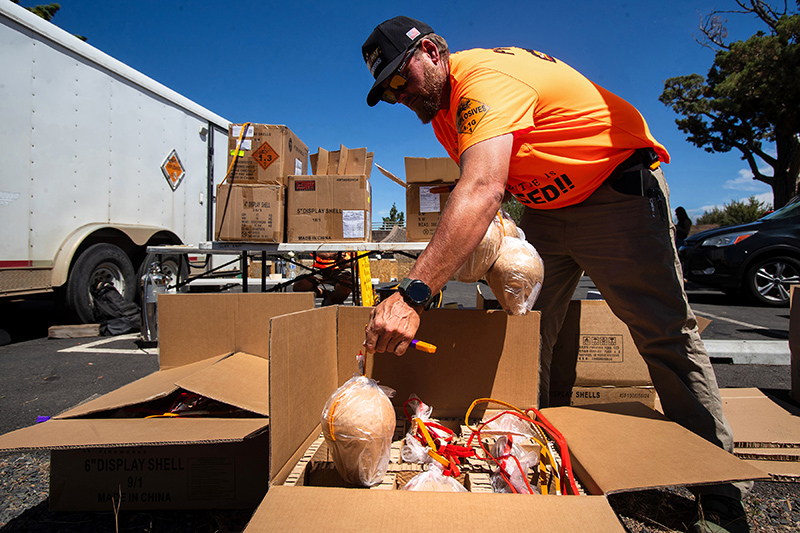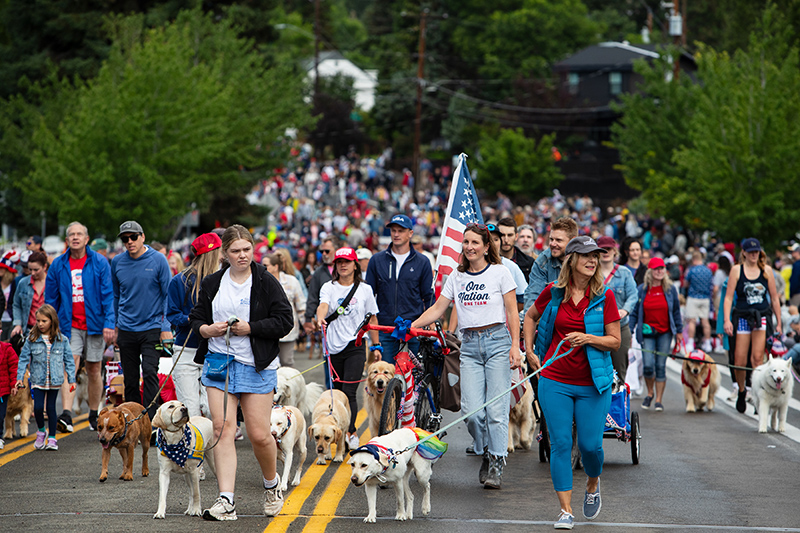National forest visitors spend $448 million a year in Oregon communities
Published 12:00 am Saturday, March 17, 2018
National forests in Oregon receive more than 9 million visits a year, generating about $448 million in spending for surrounding communities, according to a new report from the U.S. Forest Service.
The report is part of an ongoing effort by the Forest Service to monitor recreational uses of national forests across the country. The recent figures for Oregon and Washington are based on visitor sampling conducted between 2013 and 2016, said Eric White, research social scientist at the Forest Service’s Pacific Northwest Research Station.
Visitor spending supports about 4,000 year-round tourism and non-tourism jobs, paying $129 million in salaries and benefits, according to the Forest Service. That’s an average $32,250 per job.
Spending estimates for Central Oregon’s national forests are based on visitor samples from 2013, which showed the Deschutes National Forest received 1.3 million visitors, while the Ochoco National Forest received about 172,000 visits.
The Forest Service is gathering visitation data for Central Oregon, and updated figures will be released in April 2019.
Visitors generated $86 million in annual spending around the Deschutes National Forest and about $5 million around the Ochoco National Forest. People who live within 50 miles of Deschutes National Forest, spent an average $36 per trip, while people from outside the area spent $68 on average per trip.
“The biggest spenders are those who come from outside the area and stay overnight,” White said.
For the Deschutes National Forest, that group spent an average $580 per trip, he said.
Visitors’ main expenses are gas, food and lodging, so their choice of activity doesn’t have much impact, White said.
The exception is downhill skiing, he said. Those overnight visitors spent an average $745 per trip in the Deschutes National Forest.
Throughout the Pacific Northwest, hiking and walking are the most common activities, as they have been since the late 1990s. The second-most common activities are downhill skiing and snowboarding.
That pattern is reversed for the Deschutes National Forest, which is the home of Mt. Bachelor ski area, White said. “In 2013, about 25 percent of visits to the Deschutes were for downhill skiing; 19 percent were for hiking.”
—Reporter: 541-617-7860, kmclaughlin@bendbulletin.com








